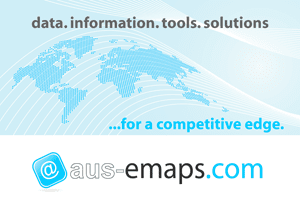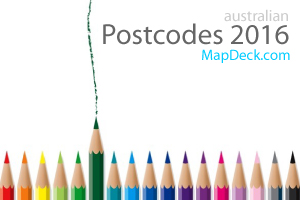A few weeks ago Google announced the release of its new data service – Fusion Tables. Last week I finally got a chance to play with this latest tool from Google. It is a very impressive tool, with even mightier potential! Ok, it’s early days and currently available functionality is very simple but I am very excited about what it means for the future.
For a start, and there is no doubt about it, Fusion Tables is a database - and spatially enabled one! It can already be used as a replacement for myriad of low complexity MySQL tables that power so many websites. Fusion Tables supports simple SQL queries quite well. And since it can store KML objects, it is also a potential substitute for basic PostGIS, ArcSDE , Oracle Spatial or SQL Server with spatial extensions. It can’t yet handle more complex shapes (like multi part or doughnut type polygons) but when Google enables that functionality Fusion Tables will inevitably become the tool of choice for spatial applications developers working with Google Maps and Google Earth. Why would you bother to maintain your own servers (even if software is free) when Google can do it all for you for nothing, and in no time?!
When I first wrote about the Ingenuity of Google Map Architecture I concluded that there is a good change that Google Map and related applications will evolve into a very powerful set of tools, more than enough for many common GIS tasks. And it is certainly happening! I put forward a suggestion that in order to become a fully fledged GIS, Google Map needs map server functionality and a dynamic vector data management module. Google went about implementing the first one in its own way but it is practically there now: any large KMZ file is rendered as an image on Google Map. And Fusion Tables is a starting point for server side vector data management capability (starting with simple queries, although efficient serving of vector data is a longer term proposition). There is also available a little known Gogole cache database – which allows to enable efficient client side vector data management as well. When all three are ready to be put together to support Google Maps and Google Earth, it will be a mighty powerful GIS package!
Related posts:
Free GIS Tools - Google Map
Googe enables map customisation
Tuesday, June 22, 2010
Subscribe to:
Post Comments (Atom)


No comments:
Post a Comment